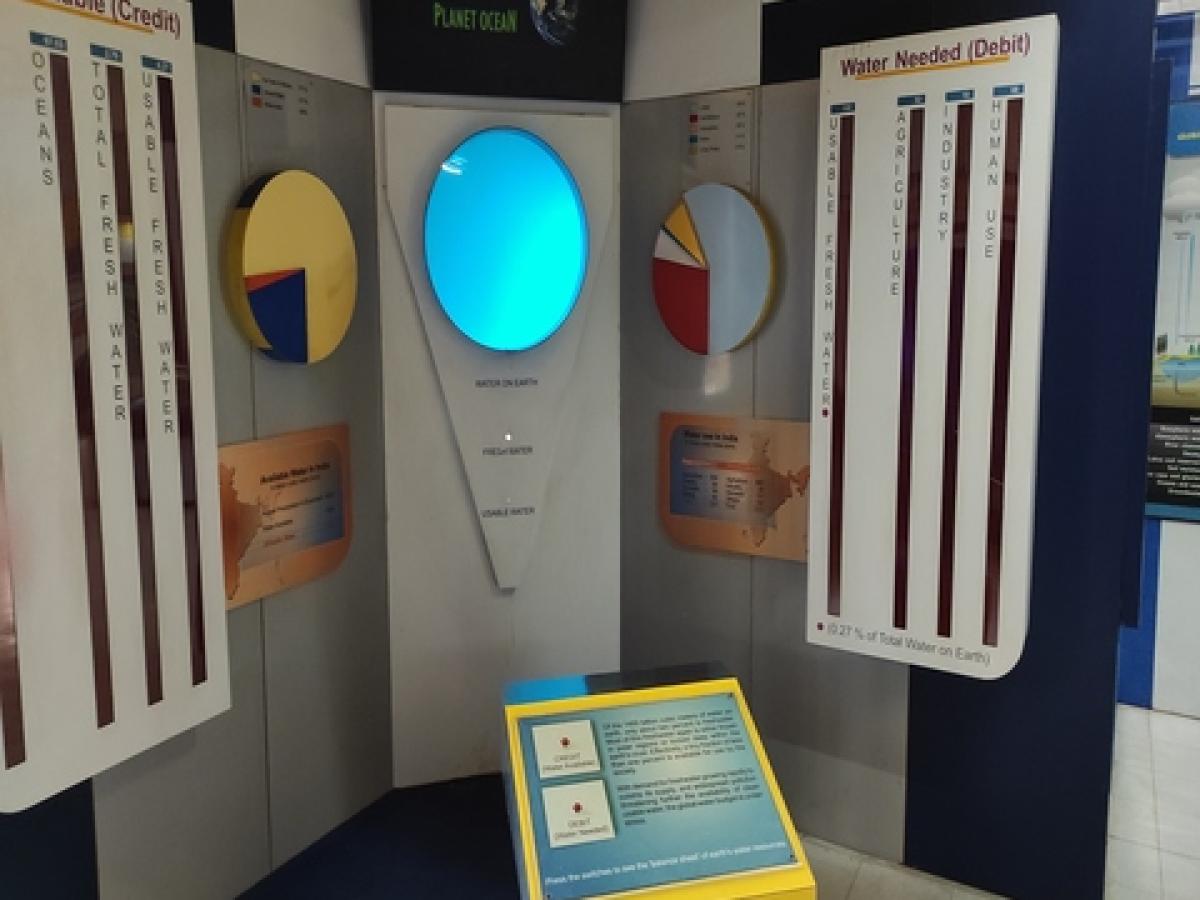Planet Oceans

The availability of water on our planet is vast, with a significant portion being found in the form of oceans. Earth is often referred to as the "Blue Planet" due to the abundance of water covering approximately 71% of its surface. The oceans, comprising the Pacific, Atlantic, Indian, Southern, and Arctic Oceans, hold about 97% of the Earth's water. However, despite the abundance of water, only a small fraction is freshwater suitable for human use. The majority of Earth's water is in the oceans and is saline, making it unsuitable for direct consumption or for most agricultural and industrial purposes. Freshwater is primarily found in rivers, lakes, underground aquifers, and polar ice caps. Meeting the water needs of the growing global population requires careful management of freshwater resources. This includes addressing issues such as water scarcity in certain regions, pollution of water sources, and the impact of climate change on water availability. Sustainable water management practices, conservation efforts, and responsible water usage are crucial to ensuring a reliable supply of freshwater for current and future generations. In summary, while the planet is rich in water resources, the key lies in balancing the availability of freshwater with the growing demand, and in preserving the health of our oceans and other water sources for the benefit of both ecosystems and human communities.
Wing
Category
Ka jingdon bun ka um ha Ka pyrthei kadei bynta kaba don jingmut kaba ngi shem ne lap ha ka dur ka duriaw. La tip ia ka pyrthei kum Ka ‘Blue planet’ nakadaw ka jing tap ka um haduh 71%. Ha ka duriaw la kynthup ia ka Pacific,Atlantic,Indian,Southern bad Arctic ocean, la don haduh 97% ka um ha pyrthei. Watla ka jingdon bun ka um ha ka sla pyrthei hynrei tang khyndiat eh na kane ka jingdon jong ka um ka long ka babit ban pyndonkam kum haka um bam um dih. Ka babun na kane ka um ha ka sla pyrthei ki don ha duriaw bad ka long ka ba kthang mluh, kaba pynlong ia ka ba kan ym long kaba bit na ka bynta ba ngin pyndonkam ha ka rep ka riang,um bam um dih bad kiwei kiwei. Ka um kaba khuid la shem ha ki wah, ki pung, ki um ba shapoh khyndew bad ki um thah. Naka bynta jong ngi ki briew ka jingdonkam jong ka um ngi dei ban phikir bad sumar ia baroh ki tyllong um bakhuid. Kane ka kynthup ia ka jing shim khia ha kaba ia dei bad ka jing kyrduh um ha kylleng ki jaka , ka jing pynjaboh ia ka um bad ka jing kthah ka jingkylla ka mariang ha kaba ia dei bad ka jing don ka um. Ka jing pyrshang ban pynneh ia ka um bad ka jing kitkhlieh kaba ngi lah ban shaniah kumno ngin pynneh ia ka um ba kan long kaba khuid khnang ba ngi lah ban ai ia ki pateng ban sa wan. Namar ka jing don bun ki tyllong um bad ki um kiba khuid ka jing dawa ia ka um ka la nang jur ,bad ngi dei ban pynneh ia ka duriaw bad ia ki tyllong um kiba don ha ka mariang kan long ka jing iohnong ia ngi ki briew bad ia ka pyrthei baroh kawei.
Feedback
We are actively collecting feedback to improve our website, communication and processes to help students, teachers and curious people so that they can make the best use of the services at Shillong Science Center. Give us your feedback so that we can serve you better.